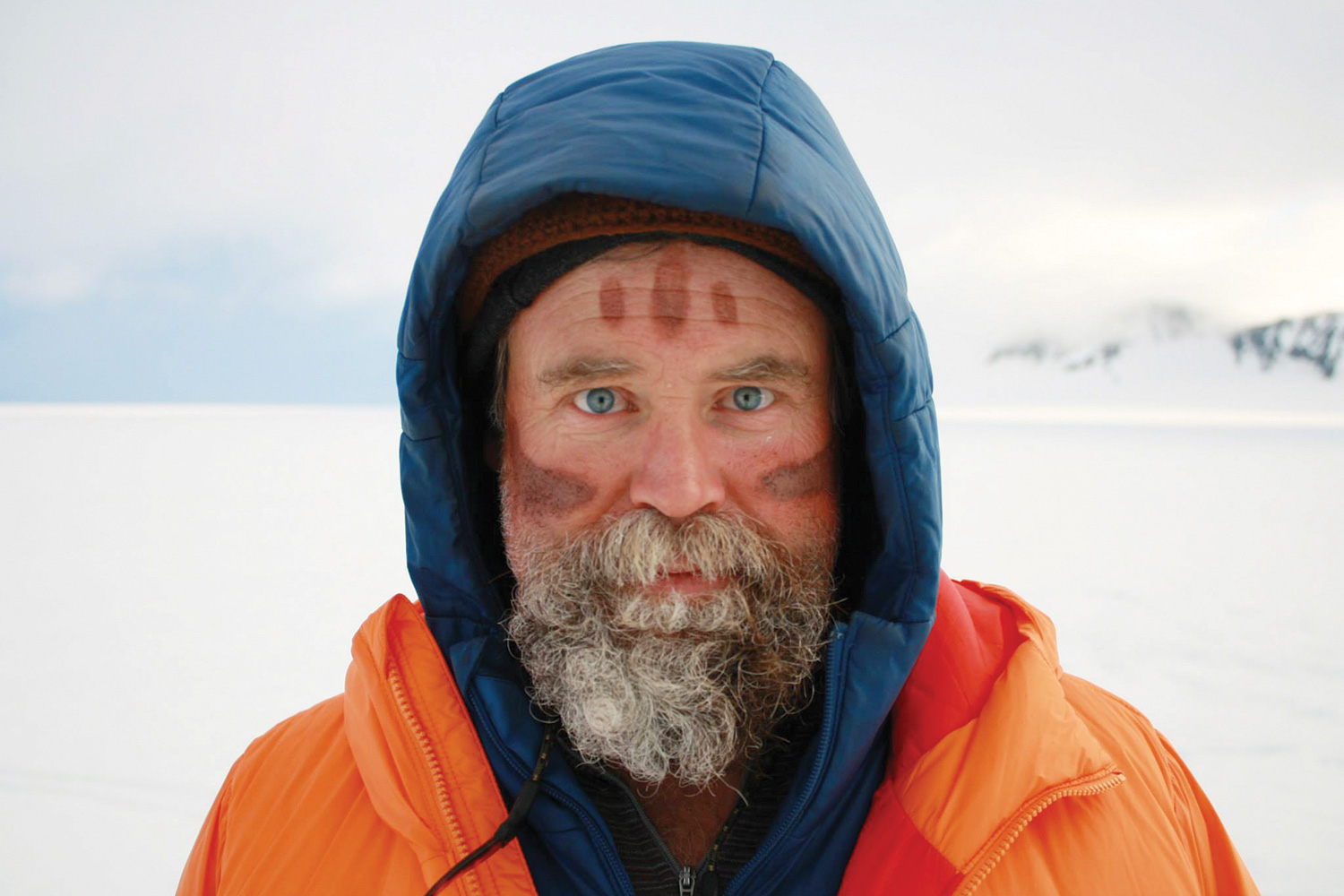Over a glass of whiskey one night in 2020, Andy Nettell, former owner of Back of Beyond Books, and Craig Childs, a prolific Southwestern author, discussed Childs’s first-ever published novel, “Stone Desert.”
“It was really the first Canyonlands-specific piece of literature that I had come across,” Nettell said, “and I thought it was a really good book…It always bothered me that the one book about Canyonlands wasn’t available.”
The book follows Childs’s thoughts and observations of the 1994 winter he spent in Canyonlands National Park. It was published in 1995, but went out of print soon after.
The out-of-print book came up nearly every time Nettell and Childs saw each other. On that night in 2020, Nettell confessed his dream to Childs: a hope that the two of them could republish “Stone Desert” and bring it back to life. Nettell floated the idea of republishing the book to Torrey House Press, a nonprofit, conservation-centric book publisher based in Salt Lake City.
“Craig pulled out a journal that he used during that 1994 winter that he spent in the Needles District,” Nettell said. “We hatched the idea of republishing not only the book, but also the journal.”

Now, the dream is a reality. The book, complete with reproductions of the journal with original sketches, was published this month. Back of Beyond Books will celebrate the release with Childs at a free event on Tuesday, Nov. 15 at 6:30 p.m. at Star Hall.
“I so admire people who do field journals and do art in those journals,” Nettell said. “It’s a very personal way of observing the world, and we so rarely get to see the raw work … we can take this raw material and compare it to the finished product, and in some cases, it’s verbatim: whole paragraphs of Craig’s made it into the book.”
It feels extremely vulnerable to share the journal, Childs said, and before Nettell floated the idea of republishing the book, Childs hadn’t thought much about “Stone Desert.”
“I kind of thought of it as the writing of an overly enthusiastic kid in the wilderness,” he said. “But I’ve become an overly enthusiastic adult writer since then. And I think Andy saw it as a really interesting time and place: a document of Canyonlands in the 90s, seen by a starry-eyed wilderness traveler.”
Childs found himself in Canyonlands that winter because he was working as a guide, and in the off-season, he would take off into the wilderness. He thought of himself as a young naturalist, and he had an admiration for Canyonlands. The book reflects “what it was like to be out there that winter,” he said, “and to be learning about how the natural history of this place functions, how culture and geology and hydrology and ecology blend together to create this bizarre, otherworldly landscape of canyons and mesas.”
Culturally, Moab looks much different than it did in the 90s. Childs said he’s changed significantly, both as a writer and as a person, since then; he’s learned much more about cultural sites than when he wrote “Stone Desert.” The book reflects a different way of thinking about a place, he said.
“But I want that to be out there,” Childs said. “I want us to look back and see that our perspectives have changed significantly, but the core issues are still there, of sandstone, weather patterns, these things will never change.”
The difference in perspective can highlight the lack of difference in the landscape, Childs said: it’s like the human pace is just the topmost layer of a much deeper history.
“It gives you a sense of time that says, sure, all this activity can happen right now, but come back in 10,000 years and see what it looks like,” he said. “There are much deeper timescales going on out there, which you feel as you move through it. And that is the thing that I connected with in ‘Stone Desert’: that time frame is much bigger than us.”
Nettell and Childs both said they hope the republishing of the book will inspire a new generation of desert wanderers who take time to observe and write down what’s around them.
“One of the reasons that I write is to be constantly tying back in time, looking back at a thousand, ten thousand, a million years, because we get lost in the present and the future that I want us to be deeply rooted in the past,” Childs said. “I want to remind people to take a journal, open their eyes, wander through places, look at them and reflect on them. These aren’t just backdrops to your experience; they are your experience.”
“[Childs] has become a voice of Southeast Utah,” Nettell said. “I wish everyone got the chance to sit down with a glass of whiskey and hear Craig’s stories and realize that he’s no different than us—he just had the eye and the opportunity to write this landscape down.”




